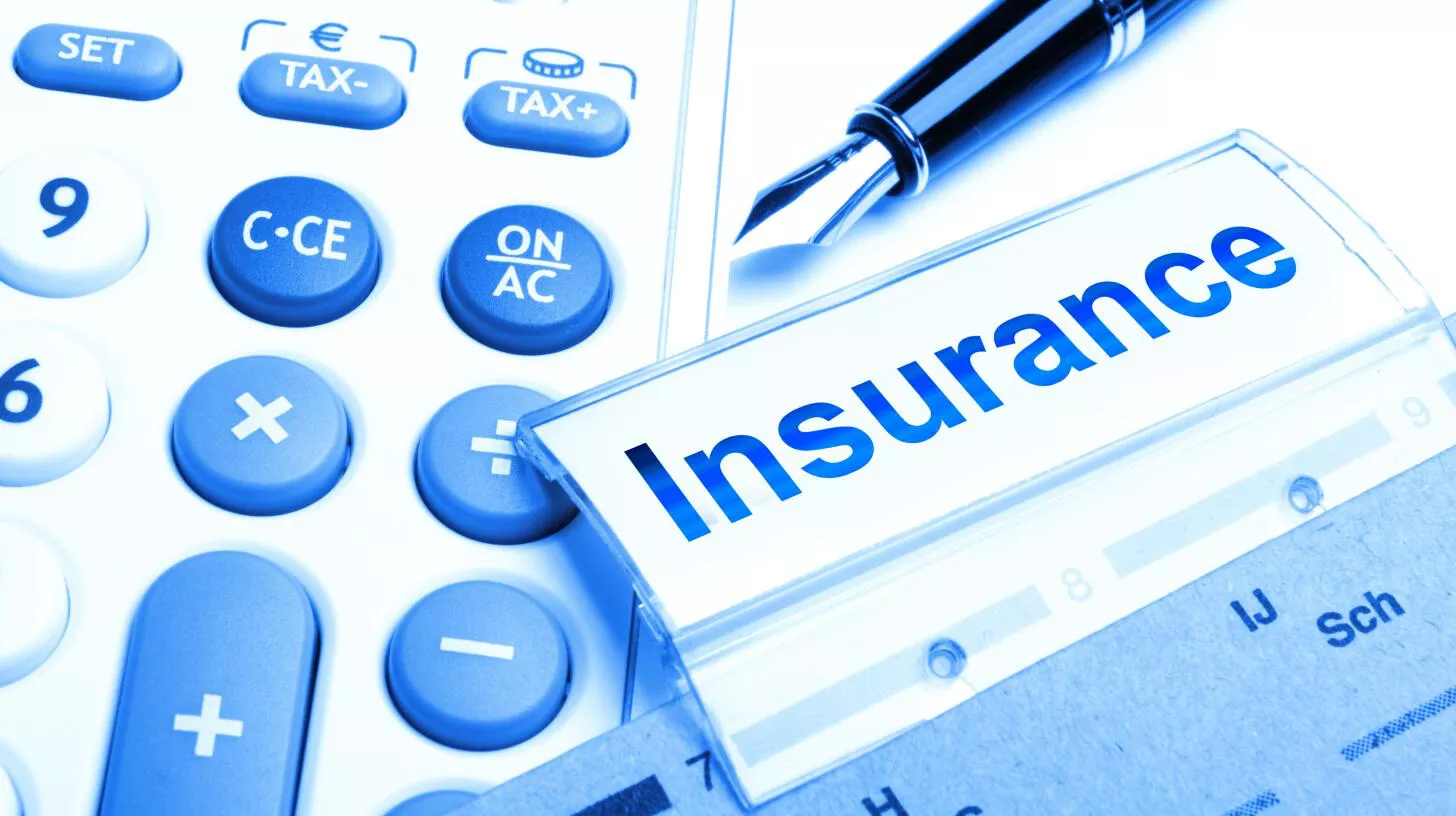Products liability insurance is a critical form of protection for businesses that manufacture, distribute, or sell products. In today’s complex global Insurance Market, companies face numerous risks related to product defects, safety failures, and legal liabilities. This type of insurance helps shield businesses from financial losses arising from claims due to injury or damage caused by their products.
The importance of products liability insurance cannot be overstated, especially for manufacturers and retailers. With increasing consumer awareness and stricter safety regulations worldwide, the likelihood of facing lawsuits has grown substantially. This insurance not only protects against legal fees and compensation payouts but also preserves the reputation and sustainability of a business.
This article will explore the fundamentals of products liability insurance, including its types, coverage scope, legal implications, claim processes, and factors influencing insurance price. Whether you are a small business owner or part of a large corporation, understanding this insurance type is crucial for effective risk management and compliance.
What Is Products Liability Insurance?
Products liability insurance is a specialized policy designed to cover businesses against claims arising from harm caused by their products. This harm may include physical injury to consumers, property damage, or financial loss resulting from defects or negligence in product design, manufacturing, or marketing.
Unlike general liability insurance, products liability specifically addresses risks related to the products themselves. It covers legal defense costs, settlements, and judgments related to claims that the product caused injury or damage.
Types of Products Liability Claims
There are several categories of products liability claims that this insurance typically covers:
Design Defects: Flaws in the product’s design making it inherently unsafe even if manufactured correctly.
Manufacturing Defects: Errors or defects that occur during the manufacturing process, making the product unsafe.
Marketing Defects: Inadequate instructions, warnings, or improper labeling that lead to misuse and harm.
Understanding these categories helps businesses assess their risk exposure and tailor coverage accordingly.
Who Needs Products Liability Insurance?
Businesses across various industries require products liability insurance, including:
Manufacturers: Companies that design and produce goods.
Distributors and Wholesalers: Entities that handle product logistics and sales.
Retailers: Businesses selling products directly to consumers.
Importers: Companies bringing products from other countries.
Each participant in the product supply chain may face liability risks and should evaluate their need for this insurance.
Coverage Scope and Limits
Products liability insurance policies vary widely in coverage. Typical features include:
Bodily Injury Coverage: Protection against claims for personal injuries caused by the product.
Property Damage Coverage: Covers damage to property resulting from the product’s defect.
Legal Defense Costs: Payment for attorney fees and court expenses even if the claim is groundless.
Settlement and Judgment Payments: Compensation paid to claimants as awarded by court or negotiated settlements.
Policy limits and exclusions should be reviewed carefully to ensure adequate protection.
Legal Framework Surrounding Products Liability
Products liability law varies by jurisdiction but generally follows principles of negligence, strict liability, and warranty:
Negligence: Claims that the manufacturer or seller failed to exercise reasonable care.
Strict Liability: Liability imposed regardless of fault when a defective product causes harm.
Warranty Claims: Breach of express or implied warranties regarding product safety or performance.
Understanding these legal principles helps businesses anticipate potential liabilities and prepare their defenses.
How to File a Products Liability Claim
When a claim arises, the insured party should:
Notify their insurer promptly, providing full details of the incident.
Cooperate with the insurer’s investigation and legal counsel.
Preserve all relevant documents, evidence, and communications.
Avoid admitting fault or settling without insurer approval.
Following these steps ensures efficient claim handling and maximizes coverage benefits.
Factors Influencing Products Liability Insurance Price
Several elements determine the cost of products liability insurance, such as:
Industry and Product Type: Higher-risk products like electronics or pharmaceuticals typically carry higher premiums.
Claims History: Businesses with past liability claims may face increased costs.
Sales Volume: Larger sales volumes often translate into greater exposure and higher premiums.
Safety Measures: Implementing rigorous quality control and safety protocols can reduce risk and lower insurance price.
Businesses should seek quotes from multiple insurers and compare coverage details.
Importance of Risk Management in Products Liability
Proactive risk management helps mitigate potential liability. Key strategies include:
Implementing thorough product testing and quality assurance.
Providing clear and comprehensive product instructions and warnings.
Regularly reviewing legal compliance and safety regulations.
Maintaining detailed records of design and manufacturing processes.
Effective risk management not only lowers liability exposure but can also result in better insurance terms.
Trends in the Products Liability Insurance Market
The global products liability insurance landscape evolves with changes in technology, regulation, and consumer behavior. Emerging trends include:
Increasing litigation related to new technologies such as AI and IoT devices.
Greater emphasis on environmental and sustainability risks.
Expanded coverage options for emerging risks and global supply chains.
Conclusion
In conclusion, products liability insurance is a vital safeguard for businesses involved in creating, selling, or distributing products. With increasing legal risks and complex market conditions, having comprehensive coverage is essential for financial security and business continuity.
By understanding the nature of products liability risks, the types of coverage available, and how to manage these risks effectively, businesses can protect themselves from costly lawsuits and reputational damage. Additionally, keeping an eye on factors affecting insurance price allows for better budgeting and smarter insurance decisions.
In today’s competitive and litigious environment, products liability insurance is not just an option—it is a necessity for prudent risk management and sustainable success.
Related topics:
































